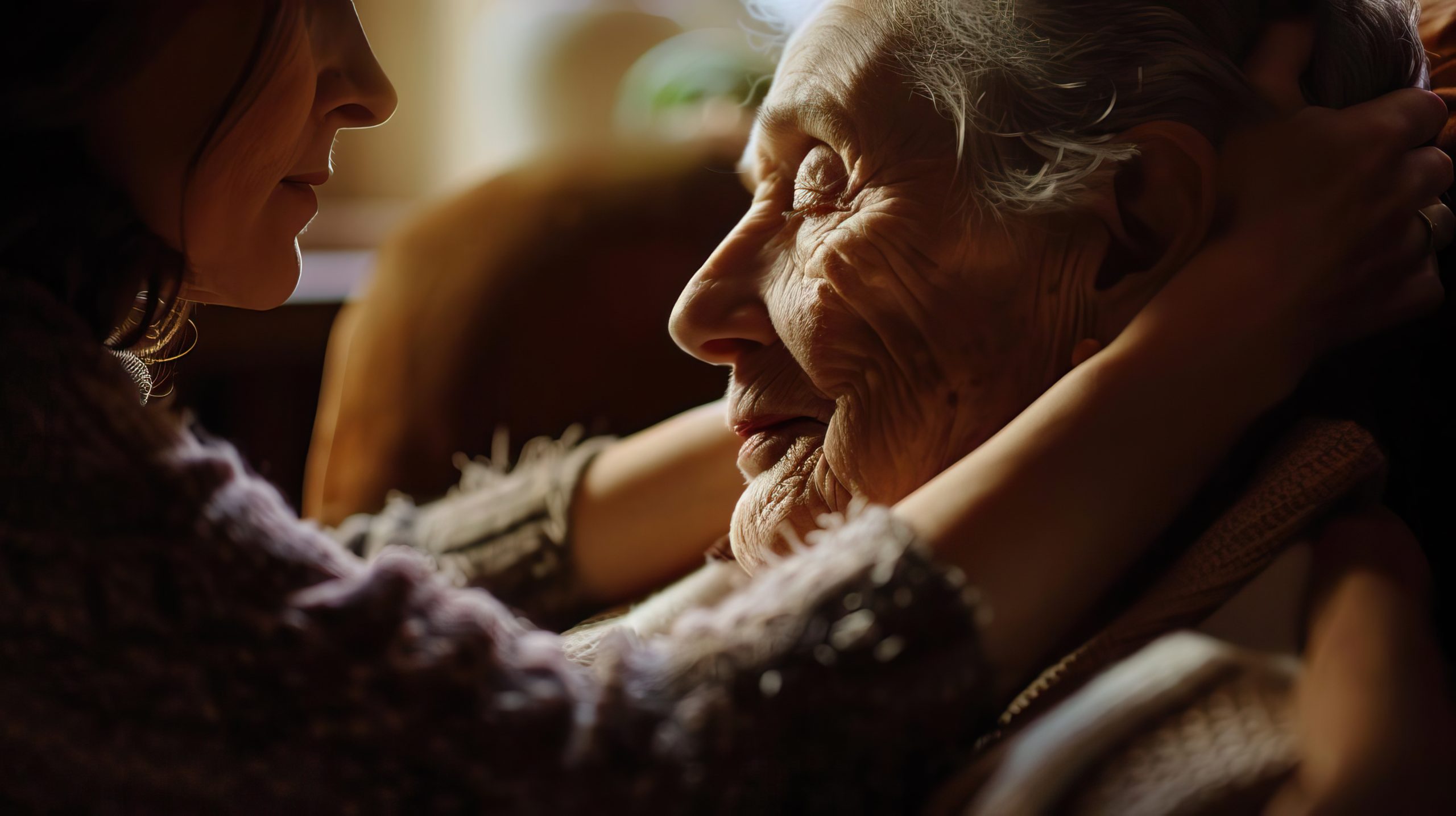Hospice is a special form of care with attention to quality of life for those individuals facing life’s limitation. The central philosophy of hospice is to accept life’s end and to create comfort for its inevitable approach. Hospice’s role is not in quickening or postponing death but in treating the person with care and affirmation, granting dignity and quality to final days and difficult transitions involved in the process.
When to Start Hospice Care
When a disease like cancer or another type of illness gets to a point where treatment no longer aids in control or the road to being cured does not exist, it’s time to start hospice. Usually life expectancy is six months when hospice is invoked. It starts with a conversation between caregivers and doctors, family members and health care professionals as a collaborative choice determining the best course of action ahead.
Wings of Hope knows intimately that many families look to hospice to provide peace-of-mind and support that may not be within their ability to give. While there are numerous types of hospice care, in-patient care is what it is called when a patient is brought to a particular location outside of their home.
Qualifying In-Patient Care
While the preference of many individual patients is to stay in their own comfortable home environment, due to the course of an illness or the advanced stages of dying, it can be necessary to seek out inpatient care instead Indications of this need include:
- Unmanageable respiratory distress
- Uncontrolled seizures
- Precipitous deterioration
- Anxiety or panic attacks
- Uncontrolled pain, nausea or vomiting
- Intravenous medications that need close monitoring
- Complex wound care or dressing changes
- Intense agitation or restlessness that requires intervention
- Pathological fractures
- Paracentesis or other permanent drains or tubes
What is Provided with In-Patient Hospice
Care is given in a facility with a hospital environment being the more frequent location. Other around-the-clock clinical spaces like a nursing facility or a free-standing hospice house offer secondary options.
For in-patient hospice programs, the atmosphere is calm, more homelike than regular acute-care facilities. General care provided meets the greater pain scenarios and complicated symptom management more so than what can be done at home environments.
Many times patients require extra assistance or advanced medical attention which can be addressed with inpatient care. Once these symptoms subside, and the patient is under control and safe, they may revert back to at home or outpatient hospice care. Additionally, if the care exceeds inpatient hospice’s abilities, most accredited facilities maintain special relationships with local hospitals to ensure that a patient’s needs can be met.
What Else?
In-patient hospice care centers offer many of the same forms of care as home care. These can include a range of services:
- Respite Care
When family or caregivers need to travel or attend to other life events or crises, inpatient care is a channel for flexibility. Most hospice care plans grant a brief period of time up to five days as respite care where a patient can be transferred to an inpatient facility or care setting. - Spiritual Care
In-hospice care provides many of the same outlets as in-home care. Spiritual care is a critical component that enables the patient and their loved one to decipher what ritual or ceremony is important to them regardless of belief systems. This delicate form of counsel can aid in processing life’s journey including it’s end and can reveal how to say goodbye. - Bereavement Care
While some forms of care end with life, hospice teams continue work up to a year after a patient’s death. Processing grief and uniting a team of professional counselors and clery can aid in assisting loved ones through the impact of death and mourning.
In-Hospice Care Teams
An ever evolving group of individuals and caregivers, in-hospice care teams are assembled on the needs and preferences of the patient. A comprehensive and multi-talented collection of caregivers can look like so:
- Counselors
- Clinical social workers
- Medical director
- Doctors
- Nurses and nurse practitioners
- Clergy or chaplains
- Hospice Aids
- Administrative Assistants
- Volunteers
- Art therapists
- Speech pathologist
- Physical therapists
- Pharmacists
- Dietitians
- Musical therapists
- Others!
A Hard Journey
The approach and experience of death can be difficult and scary. In tandem with illness and other unknowns, in-hospice care provides consistency and security of care. It gives special attention and much needed resources to individuals experiencing life-limiting illness and/or advanced aging. In short order, hospice targets quality of life.
With the mission to not interfere but to escort a patient through incurable conditions, and to philosophically tackle the end of life experience, in-hospice care is a great option for outside home care.





